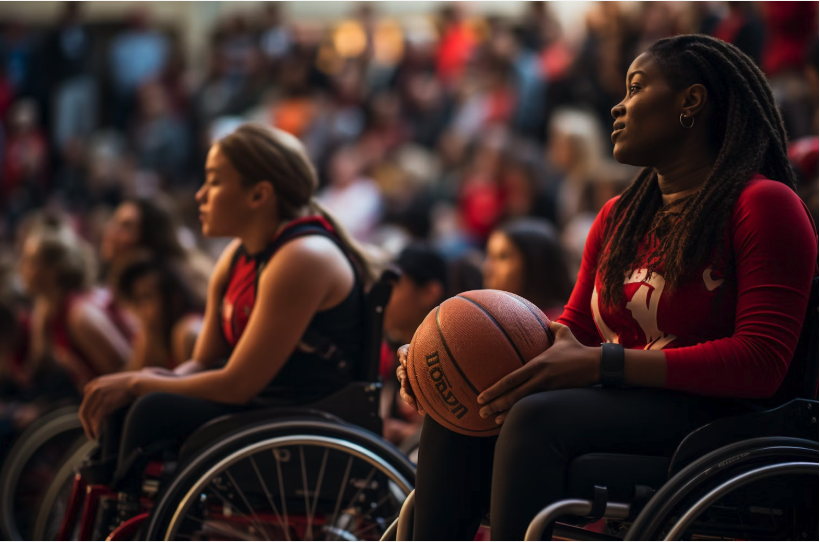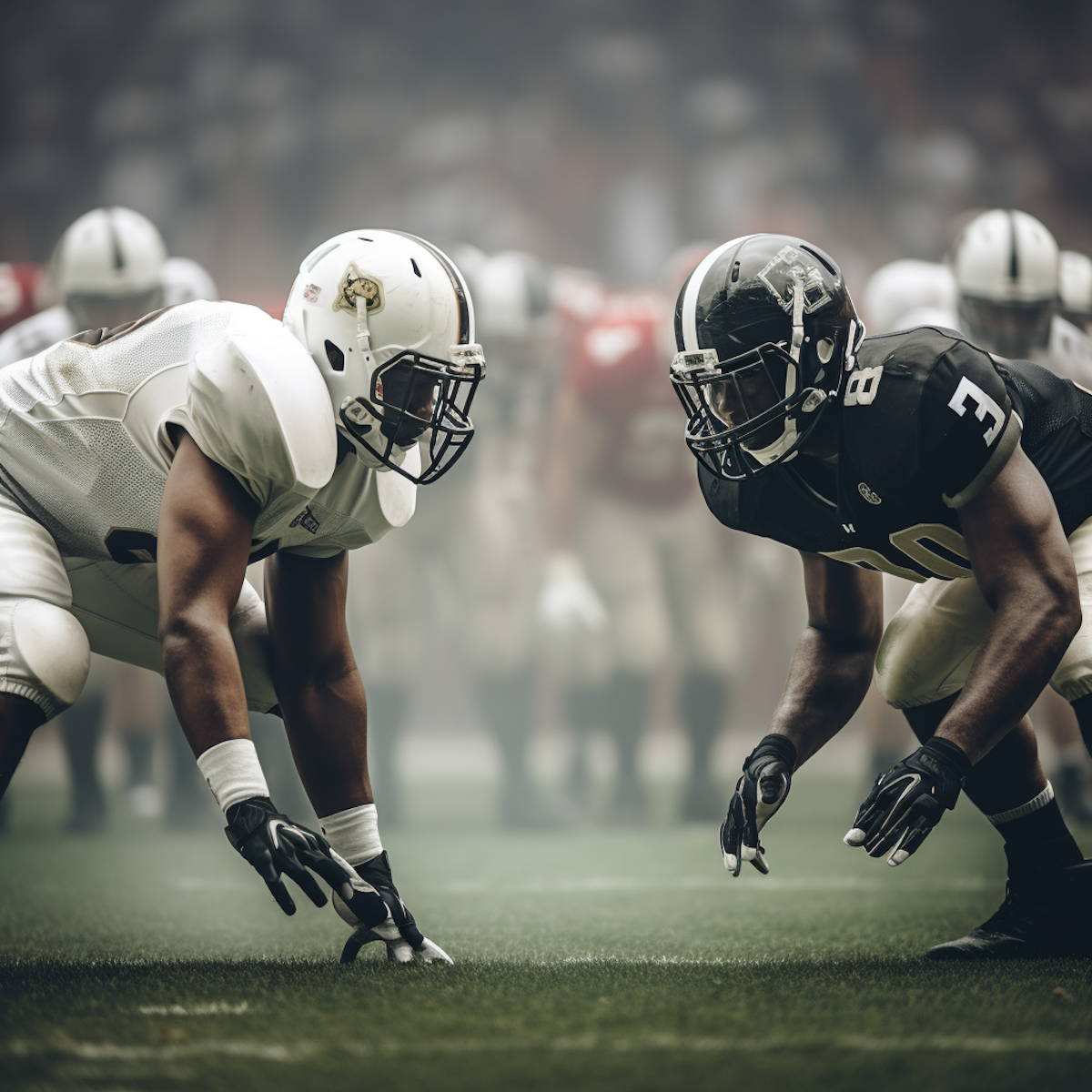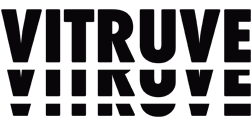23 de October de 2025
Measure the Training Load and Find Your Peak Performance
Every athlete wants to reach their peak — that moment when fitness, recovery, and readiness align perfectly.
But the truth is, peak performance doesn’t happen by chance. It’s the result of strategic load management, precise monitoring, and data-driven decision-making.
The first step toward that goal? Learning how to measure the training load — not just what you do in the gym, but how your body responds to it.

What does “training load” really mean?
Training load is the total amount of physical stress your body experiences during training. It combines two main components:
- External load: measurable work — such as sets, reps, bar velocity, distance, or power output.
- Internal load: the body’s physiological response — like heart rate, perceived exertion (RPE), or fatigue.
In strength and conditioning, balancing these two loads is essential. Too much external stress without recovery leads to fatigue and injury; too little means you’ll never adapt.
Monitoring both dimensions allows coaches to build smarter programs — adjusting volume and intensity to drive consistent improvement.

How to measure training load
Training load can be quantified through several complementary metrics:
- Training Stress Score (TSS):
A single number that combines duration and intensity into one measure of total stress for a session. - Acute Training Load (ATL):
The 7-day average of TSS, showing your short-term fatigue. - Chronic Training Load (CTL):
The 42-day average, reflecting long-term fitness adaptation.
→ Learn more in our guide: Chronic Training Load: How to Measure and Interpret - Training Stress Balance (TSB):
The difference between CTL and ATL, which tells you whether you’re ready to perform or need recovery.

The Importance of Measuring CTL, ATL, TSB, and TSS
Together, these metrics help you see beyond the surface — quantifying not just what you’ve done, but how your body is adapting.
The link between training load and peak performance
Peak performance occurs when your fitness (CTL) is high and your fatigue (ATL) is low — resulting in a positive Training Stress Balance (TSB).
That’s why elite athletes and strength coaches use load tracking to plan periodization cycles — alternating between build phases, recovery weeks, and competition tapers.
A well-managed training load ensures you’re always moving forward:
- Gradual overload builds CTL and long-term strength.
- Strategic recovery lowers ATL, improving readiness.
- Data monitoring prevents overtraining and keeps progress steady.
Using velocity-based training to refine load
Measuring training load is even more powerful when combined with velocity based training (VBT).
VBT uses movement speed to determine the intensity and fatigue of each rep — allowing real-time adjustments that keep the athlete in the optimal performance zone.
For example:
- If bar velocity drops too quickly, fatigue is setting in — time to reduce load or stop the set.
- If velocity stays stable, you’re training efficiently and can safely push for more volume.
By tracking bar speed with devices like the Vitruve Encoder, you can quantify the external load precisely and relate it directly to internal fatigue responses.
How Vitruve helps you measure and optimize training load
The Vitruve Hub combines three essential pillars that make measuring and managing load seamless:
- Vitruve Workout Builder: create progressive, data-informed strength programs that align with your load targets.
- Vitruve Encoder: measure bar velocity, power output, and fatigue in real time.
- Vitruve AMS: track long-term metrics like CTL, ATL, and TSB to visualize performance trends and readiness.
With these tools, you can bridge the gap between day-to-day training and long-term performance outcomes — ensuring every rep, session, and recovery day contributes to your peak.

Final thoughts
Measuring your training load is not about chasing numbers — it’s about creating a system that connects effort, recovery, and adaptation.
When you track load accurately and combine it with velocity-based feedback, you move from training by feeling to training by understanding.
That’s where peak performance begins.
With Vitruve, you don’t just measure — you master the process.
